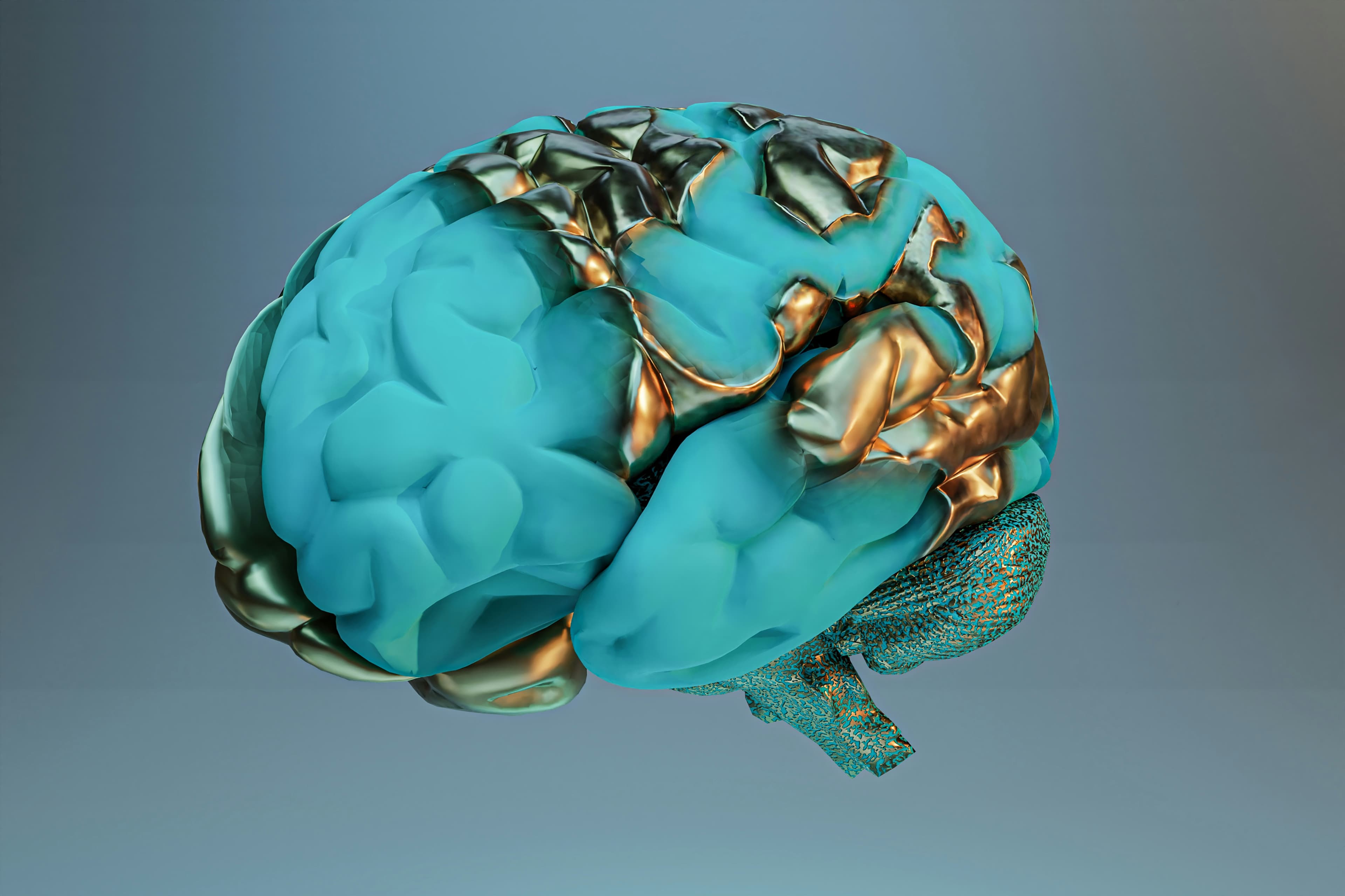
Linking the Seven-Sense Model to Memory Optimization in AI
Professor Nikolay Brilliantov of Skoltech AI has contributed significant insights into the structure of human memory and its implications for artificial intelligence. His research shows that when mental concepts are encoded using seven distinct features, rather than five or eight, retention and recall are significantly improved. This finding offers a mathematical reinforcement of George A. Miller's foundational “seven, plus or minus two” theory of working memory capacity. Brilliantov's model applies information theory and vector-based semantic modeling to demonstrate that seven attributes maximize the separation between conceptual representations, thereby reducing overlap and confusion during memory retrieval tasks1.
This research holds practical implications for AI systems that rely on classification, clustering, and pattern recognition. Current machine learning models often reduce complex inputs into a limited number of dimensions, potentially oversimplifying the data. By aligning AI architectures with a seven-feature encoding strategy, designers can create systems that retain richer contextual information without overwhelming computational resources. This balance is particularly relevant in real-time AI applications, where both speed and accuracy are critical, such as surveillance analytics or autonomous navigation in urban environments2.
Expanding Sensory Inputs for Enhanced Machine Learning
Traditional AI systems primarily rely on visual, auditory, and textual data streams. However, integrating additional sensory inputs such as temperature, proprioception (body position), and vestibular data (balance and motion) can significantly enhance context awareness. These inputs provide AI with a broader situational understanding, allowing machines to adapt more effectively to dynamic environments. For example, in robotics, temperature sensors can inform navigation decisions in fire response scenarios, while balance sensors can improve stability in uneven terrain3.
Incorporating these extra modalities aligns with the seven-sense model and supports more robust memory formation in AI systems. Just as humans use multiple senses to encode and recall experiences more vividly, AI models that process diverse inputs can develop deeper associative learning. This approach not only improves performance in specific tasks but also enables better generalization across different scenarios. Municipal applications, such as smart waste collection or automated transit monitoring, could benefit from such enhancements, resulting in systems that adapt smoothly to variations in weather, terrain, or human behavior4.
Mathematical Foundations and Practical Implementation
The mathematical justification behind the seven-feature model lies in optimizing information entropy and minimizing overlap in high-dimensional data spaces. When too few features are used, distinct concepts become harder to distinguish, reducing system accuracy. Conversely, using too many features can lead to overfitting, increased computational burden, and noise accumulation. Seven features strike a balance, creating a high
Read-Only
$3.99/month
- ✓ Unlimited article access
- ✓ Profile setup & commenting
- ✓ Newsletter
Essential
$6.99/month
- ✓ All Read-Only features
- ✓ Connect with subscribers
- ✓ Private messaging
- ✓ Access to CityGov AI
- ✓ 5 submissions, 2 publications
Premium
$9.99/month
- ✓ All Essential features
- 3 publications
- ✓ Library function access
- ✓ Spotlight feature
- ✓ Expert verification
- ✓ Early access to new features
More from Artificial Intelligence
Explore related articles on similar topics





